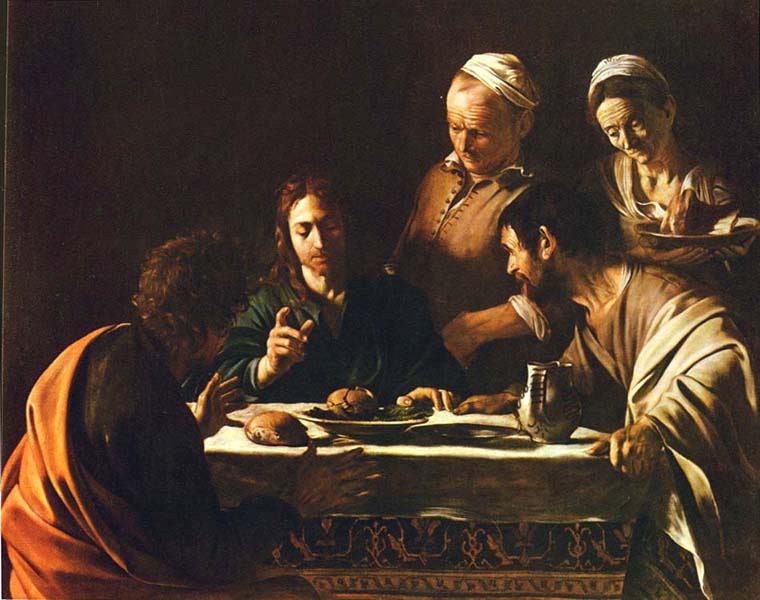Happy Earth Day! In this New York Times (@nytimes) opinion article, Daniel Goleman and Gregory Norris ask, “Which is more environmentally friendly: an e-reader or an ‘old-fashioned’ book?”
Bill Henderson, in his Publishers Weekly (@PublishersWkly) column refers to The New York Times piece in saying,
Here's what an e-reader is: a battery-operated slab, about a pound, one-half inch thick, perhaps with an aluminum border, rubberized back, plastic, metal, silicon, a bit of gold, plus rare metals such as columbite-tantalite (Google it) ripped from the earth, often in war-torn Africa. To make one e-reader requires 33 pounds of minerals, plus 79 gallons of water to refine the minerals and produce the battery and printed writing. The production of other e-reading devices such as cellphones, iPads, and whatever new gizmo will pop up in the years ahead is similar. “The adverse health impacts [on the general public] from making one e-reader are estimated to be 70 times greater than those for making a single book,” says the Times.
Then you figure that the 100 million e-readers will be outmoded in short order, to be replaced by 100 million new and improved devices in the years ahead that will likewise be replaced by new models ad infinitum, and you realize an environmental disaster is at hand. We will have lost a chunk of our planet as we lose our minds to the digital juggernaut.
Here’s what it takes to make a book, which, if it is any good, will be shared by many readers and preserved and appreciated in personal, public, and university libraries that survive the gigantic digital book burning: recycled paper, a dash of minerals, and two gallons of water. Batteries not necessary. If trees are harvested, they can be replanted.
Goleman and Norris sum it up this way:
So, how many volumes do you need to read on your e-reader to break even? With respect to fossil fuels, water use and mineral consumption, the impact of one e-reader payback equals roughly 40 to 50 books. When it comes to global warming, though, it’s 100 books; with human health consequences, it’s somewhere in between.
You may also want to read MarketingDaily’s “Study: Green Gap Is Bigger Than Ever” and “Starbucks’ Green Goals: Cups Present Challenges.”
By the way, if you missed Earth Hour this year (Mar. 26), see the photos.










